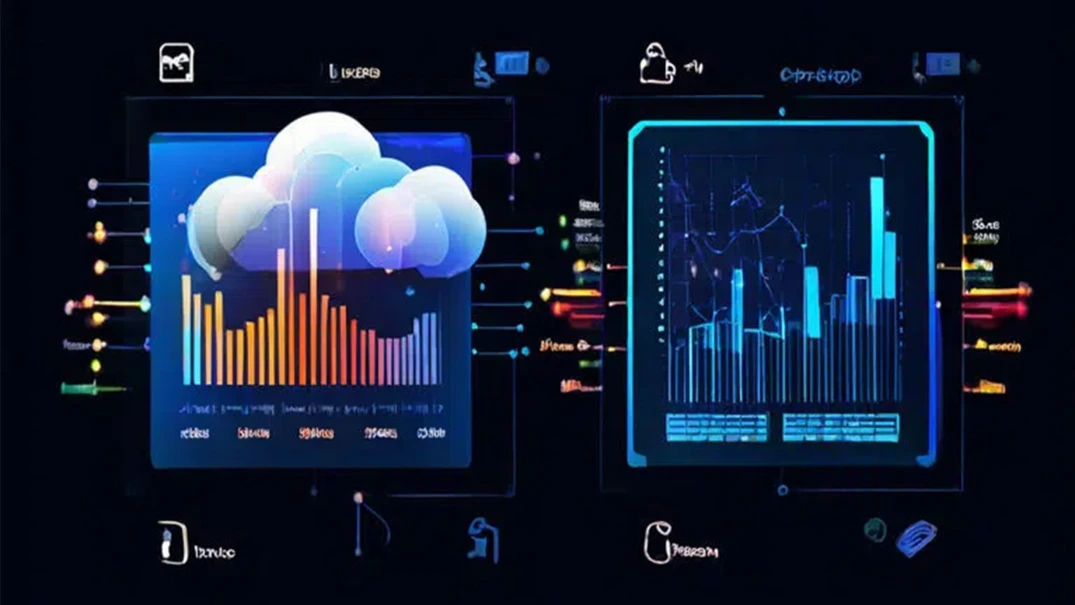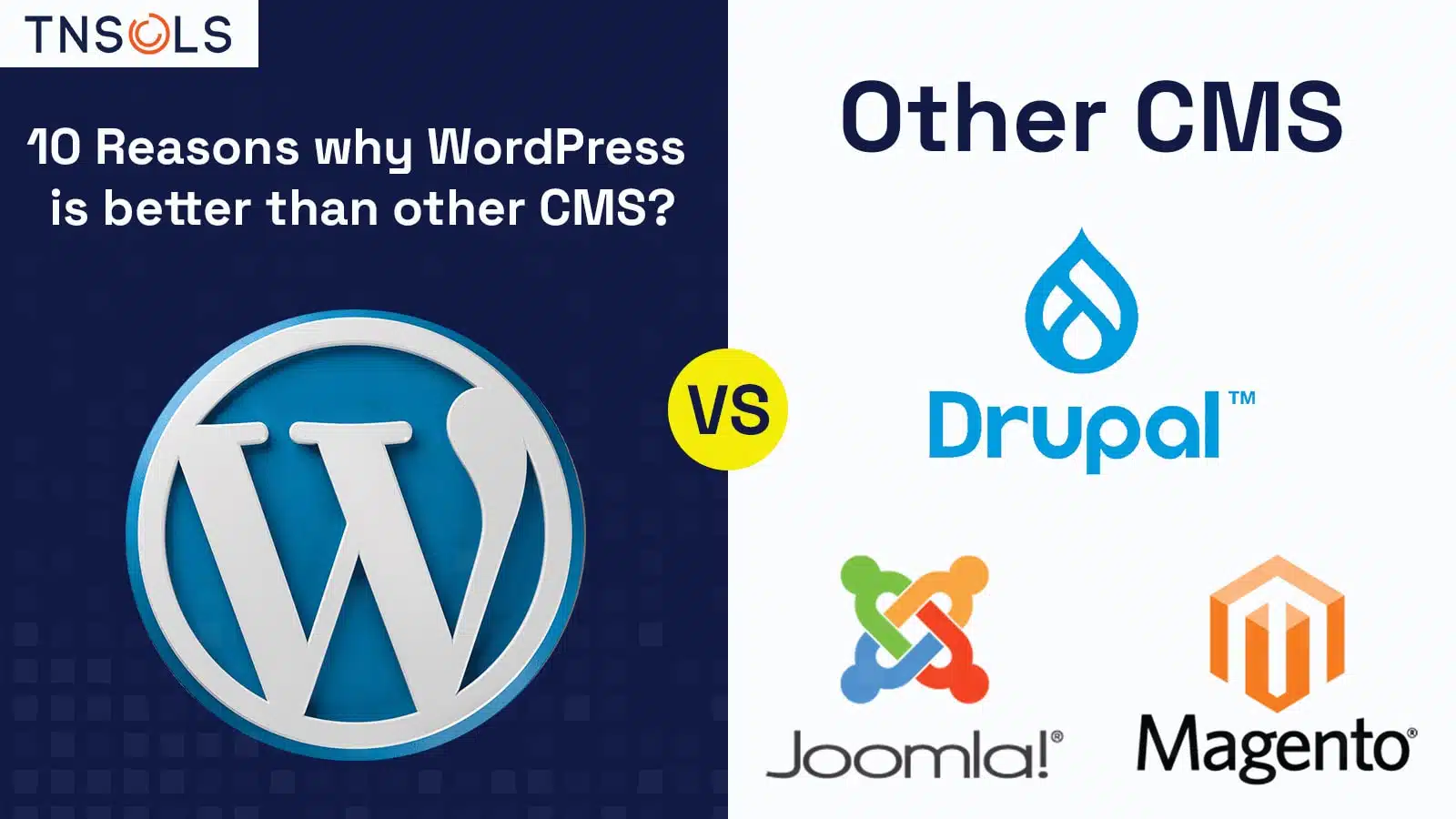When considering data integration methodologies, you might find yourself intrigued by the diverse approaches available. From manual data integration to leveraging middleware, each methodology comes with its unique set of strengths and challenges. Understanding how these methodologies operate and impact your data management practices can be crucial for making informed decisions. So, let’s explore the nuances of each method and uncover which one aligns best with your organization’s needs.
What Are the Four Types of Data Integration Methodologies?
Manual Data Integration
Manual data integration provides absolute control over data management, allowing for meticulous oversight of the integration process. It empowers you to have a hands-on approach to data integration, ensuring that every step is executed precisely according to your requirements. With manual data integration, you can tailor the integration process to suit your specific needs, ensuring high data quality and accuracy.
However, manual data integration may pose challenges for other team members who require access to the integrated data. It can also become cumbersome to manage and scale as your data needs grow without additional staff. Complex data connections or big data queries may lead to errors if not handled with care.
Data Integration With Middleware
Data integration with middleware facilitates improved communication between network systems through effective middleware solutions. Middleware acts as a bridge between different applications and databases, enabling seamless data transfer and transformation. Here is a comparison table to highlight key aspects of data integration with middleware:
| Middleware Data Integration | Pros | Cons |
|---|---|---|
| Improved Communication | Automatic transformation of data | Increased operational costs |
| Consistent data transfer | Compatibility issues with some systems | |
| Creation of network of accessible info | Need for skilled developers for maintenance |
Middleware solutions automate the exchange of data between systems, ensuring data consistency and accessibility across the organization. While they require skilled developers for setup and maintenance, middleware simplifies the complexities of data integration, paving the way for efficient and streamlined communication between various network systems.
Uniform Data Access Integration (UDAI)
Uniform Data Access Integration (UDAI) offers a simplified and unified view of data across multiple systems or applications. It connects various systems or apps to a central source, eliminating the need for high-storage requirements.
While UDAI provides a straightforward approach to accessing data, frequent data requests can strain the host systems, potentially compromising data integrity and quality due to multiple access points.
By offering a centralized view of data, UDAI streamlines the integration process and ensures data consistency across different sources. However, it’s essential to consider the potential strain on host systems when implementing UDAI, as high volumes of data requests can impact system performance.
Despite its simplicity and unified view, ensuring data integrity and maintaining system performance are crucial considerations when utilizing UDAI for data integration across various platforms.
Common Storage Data Integration
The integration of data into a common storage system provides a centralized location for holding data sets, reducing strain on host systems and enabling streamlined analytics. Common Storage Data Integration offers several advantages:
-
Higher Data Integrity: By consolidating data into one destination, the chances of data discrepancies or inconsistencies are minimized, ensuring a more reliable data foundation for analytics and decision-making processes.
-
Cost-Effective Maintenance: While there may be increased costs for data storage as volumes grow, utilizing a common storage system can streamline maintenance efforts. Third-party data warehouses can further reduce the burden of maintenance costs.
-
Effective Analytics Opportunities: With data sets stored in a unified location, the appearance of data becomes consistent and easier to analyze, leading to more effective utilization of data for deriving valuable insights and actionable intelligence.
Frequently Asked Questions
How Do Data Integration Methods Impact Data Security?
Data integration methods impact data security by determining the level of protection for your information. Understanding these methods can help you safeguard data integrity, enhance privacy measures, and mitigate risks effectively within your organization’s infrastructure.
What Are the Key Factors Influencing Data Integration Tool Selection?
When choosing a data integration tool, consider scalability for future growth, compatibility with existing systems, and maintaining data security. Make informed decisions to optimize operations and ensure efficient data sharing across platforms.
How Does Data Integration Affect Data Governance Practices?
Data integration impacts data governance by ensuring consistency, access, and security. It streamlines data sharing across systems, enhances decision-making, and boosts operational efficiency. Implementing effective data integration methodologies is essential for robust data governance practices.
What Are the Challenges of Maintaining Data Integrity During Integration?
Maintaining data integrity during integration poses risks like compromised quality and privacy breaches. Ensure system compatibility, implement security measures, and monitor real-time changes. Address scalability challenges and prioritize data governance for successful integration.
How Can Data Integration Methodologies Adapt to Evolving Technology Trends?
To adapt to evolving tech trends, data integration methodologies should embrace automation, enhance scalability, and prioritize security measures. Implementing API-based integrations, real-time data manipulation, and centralized access ensures efficient adaptation in a dynamic tech landscape.
Conclusion
In conclusion, the four types of data integration methodologies offer varying levels of control, automation, simplicity, and centralization.
Each method has its own strengths and considerations, making it crucial for organizations to carefully evaluate their data integration needs and choose the approach that best aligns with their goals and resources.
By understanding the advantages and challenges of manual data integration, middleware integration, UDAI, and common storage integration, businesses can optimize their data management processes for improved efficiency and effectiveness.









Add Comment